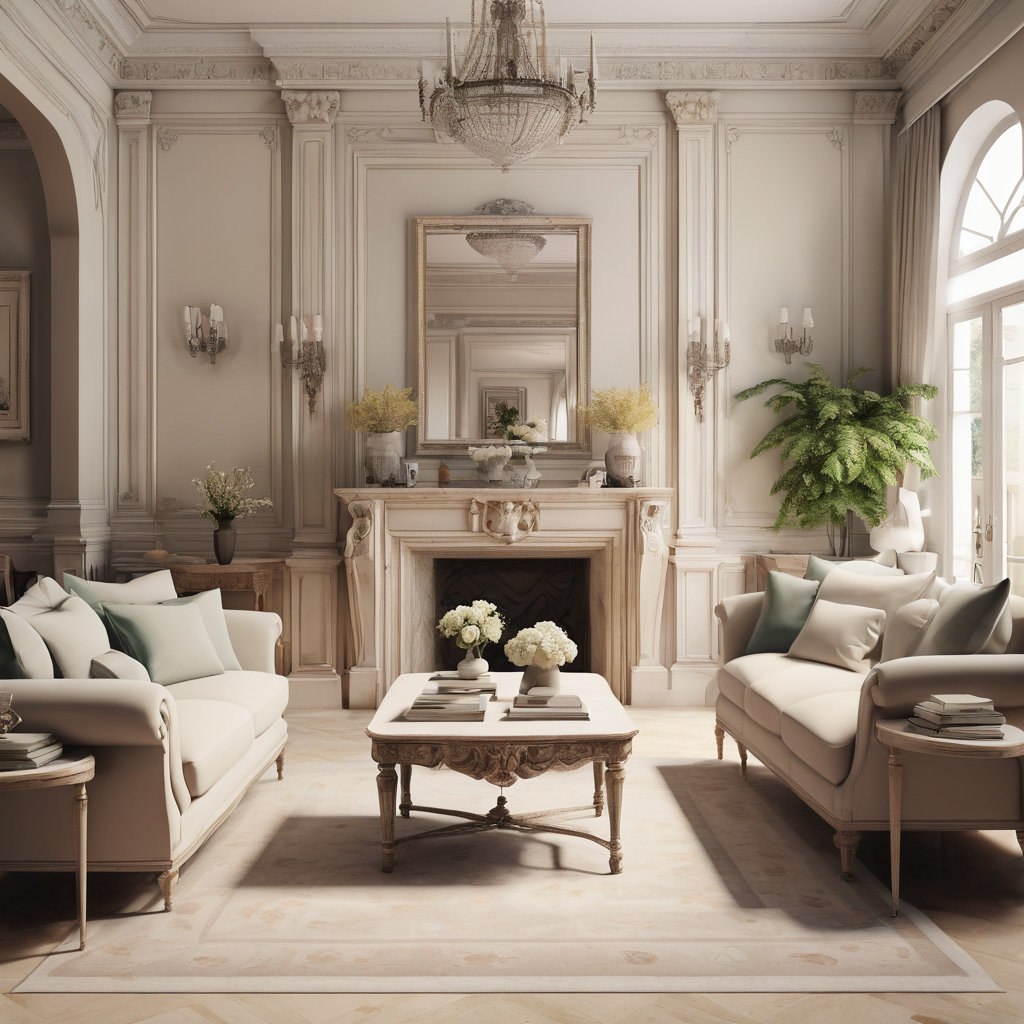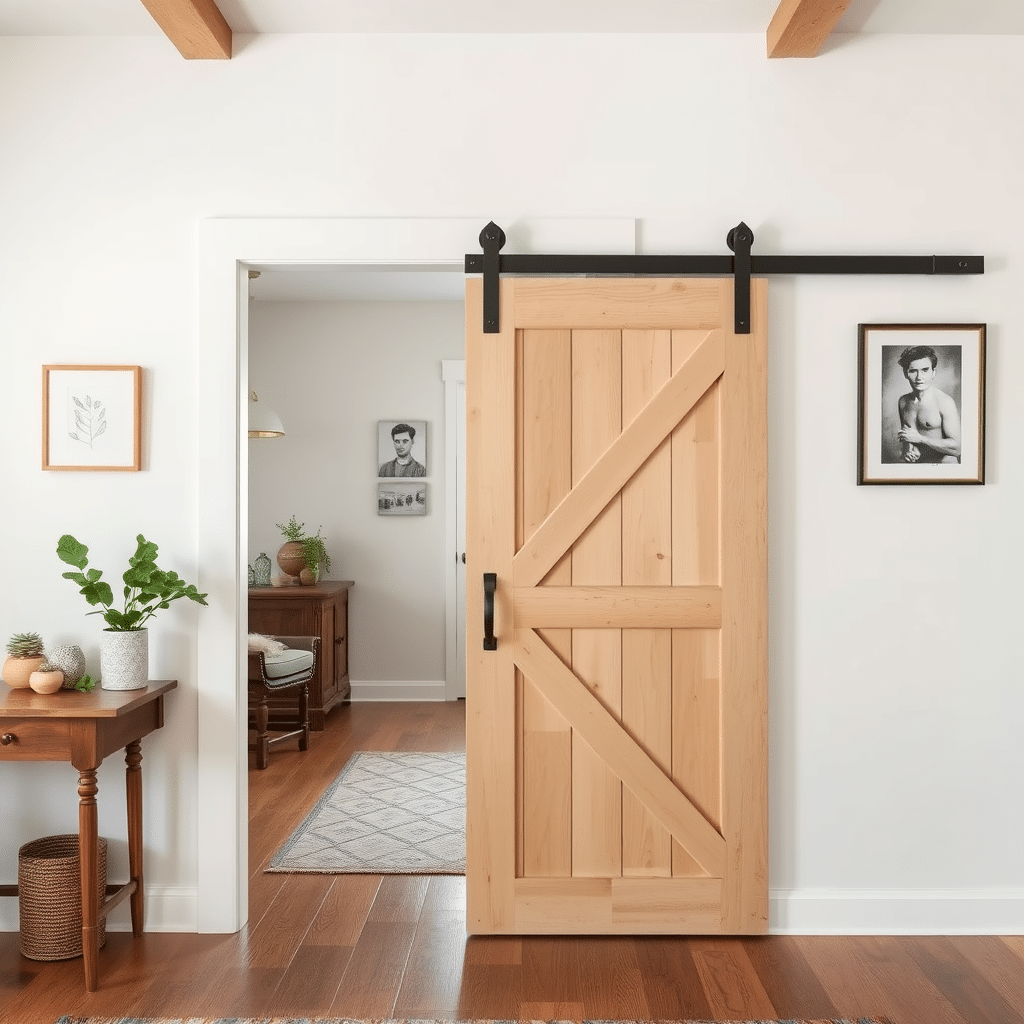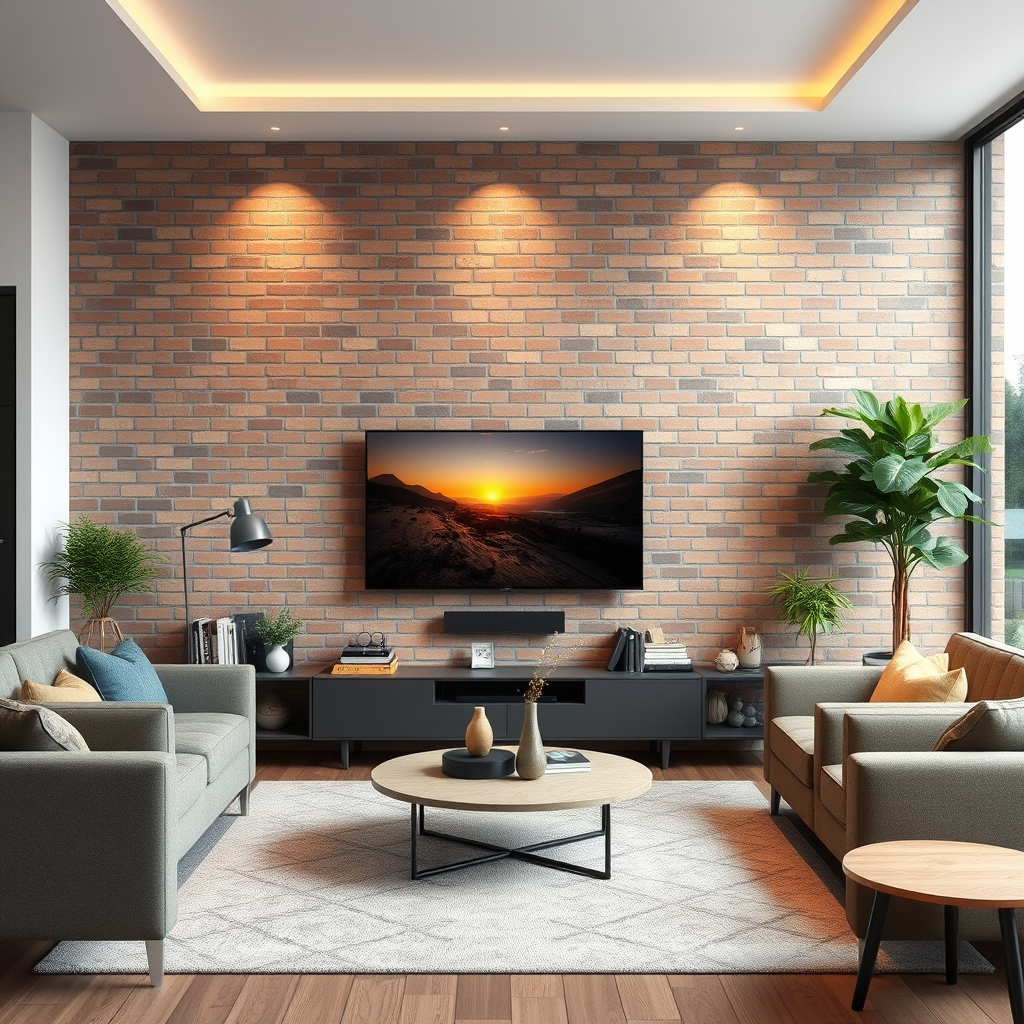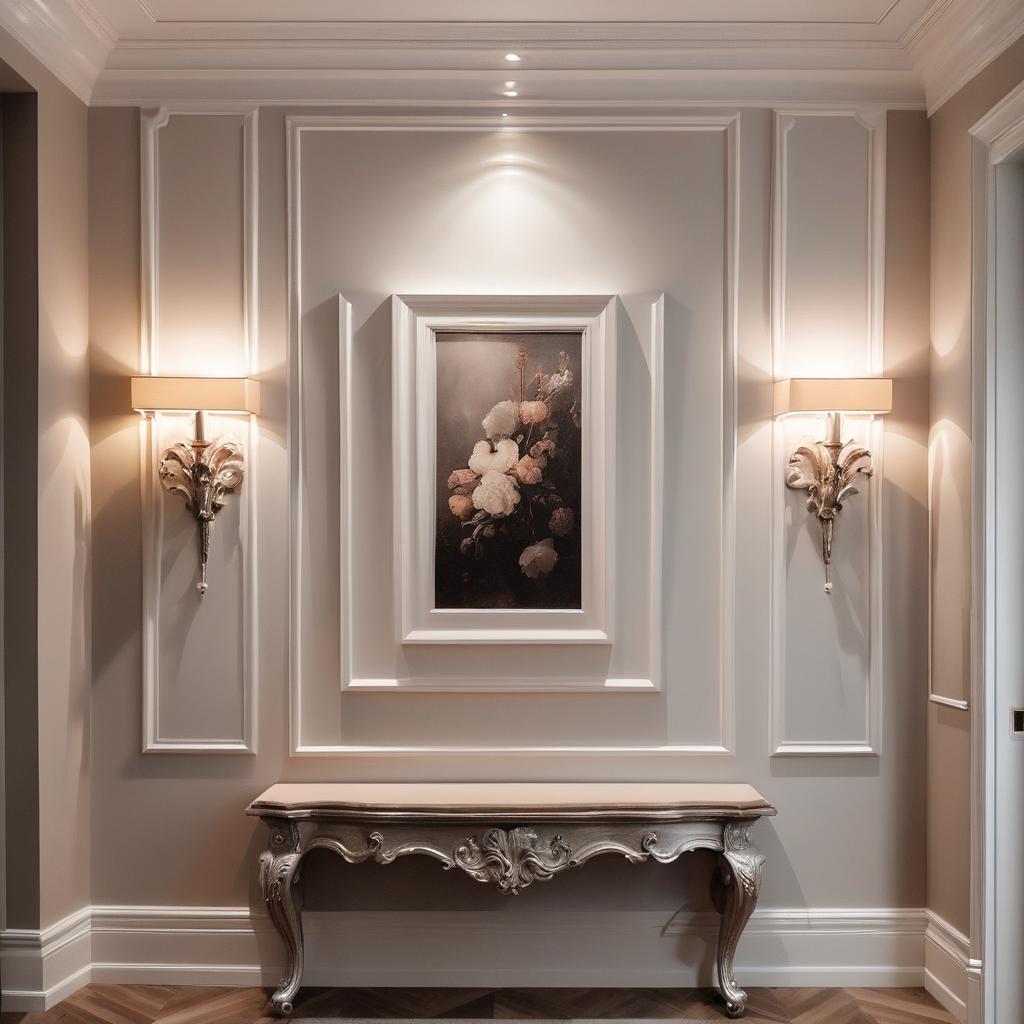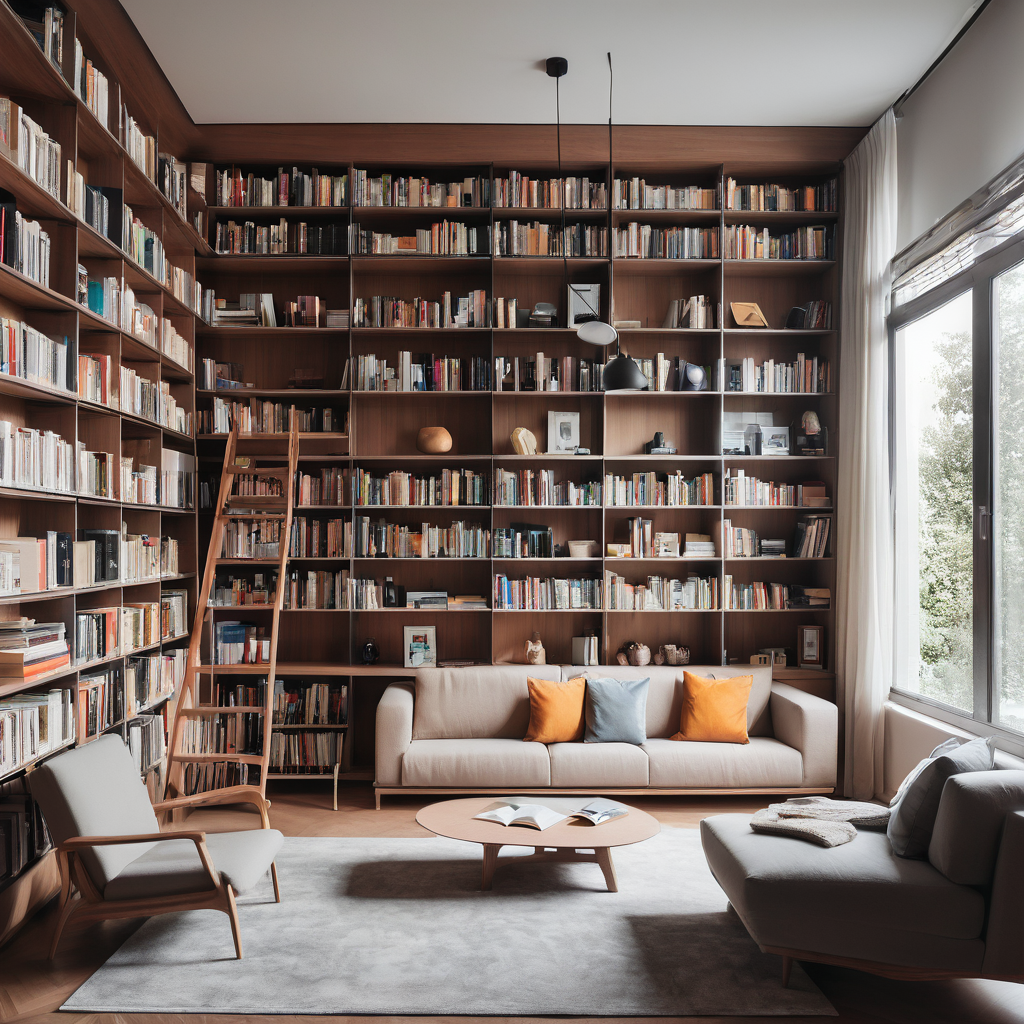In the world of interior design, trends come and go, but some styles endure the test of time, captivating generations with their timeless allure. Neo-Classical design is one such aesthetic that continues to captivate enthusiasts with its elegant grandeur and timeless sophistication. Rooted in the classical architecture and design principles of ancient Greece and Rome, Neo-Classical design seamlessly blends traditional elements with contemporary sensibilities, creating spaces that exude refined luxury and understated opulence.
Originating in the 18th century during the Neoclassical movement, this design style emerged as a reaction to the elaborate ornamentation of the Baroque and Rococo periods. Influenced by the ideals of ancient civilizations, Neo-Classical design sought to revive the simplicity, symmetry, and harmony of classical architecture while incorporating modern interpretations to suit the tastes of the time.
Key characteristics of Neo-Classical design include:
1. Symmetry: Central to Neo-Classical design is the emphasis on balance and symmetry. Rooms are often arranged around a central axis, with furniture and architectural elements meticulously placed to create a sense of harmony and order.
2. Architectural Details: Architectural elements such as columns, pediments, and pilasters are hallmarks of Neo-Classical design. These elements are often used to frame doorways, windows, and fireplace surrounds, adding a sense of grandeur and refinement to the space.
3. Classical Motifs: Neo-Classical interiors are adorned with classical motifs such as laurel wreaths, acanthus leaves, and Greek key patterns. These motifs can be found on everything from furniture to textiles, serving as a nod to the design influences of antiquity.
4. Luxurious Materials: Neo-Classical design embraces the use of luxurious materials such as marble, granite, and gilt metals. These materials are often incorporated into architectural details, furniture, and decorative accents, adding a sense of opulence and sophistication to the space.
5. Neutral Color Palette: A neutral color palette dominated by shades of white, cream, beige, and gray is characteristic of Neo-Classical interiors. These soft hues create a sense of serenity and elegance, allowing architectural details and furnishings to take center stage.
6. Fine Furnishings: Furniture in Neo-Classical interiors is characterized by clean lines, graceful curves, and timeless silhouettes. Pieces are often crafted from high-quality materials such as mahogany, walnut, and cherry wood, and are upholstered in sumptuous fabrics such as silk, velvet, and damask.
7. Balance of Old and New: While Neo-Classical design draws heavily from classical architecture and design principles, it also incorporates contemporary elements to create spaces that feel both timeless and relevant. Modern amenities and technologies are seamlessly integrated into Neo-Classical interiors without compromising their classical elegance.
Neo-Classical design continues to inspire interior designers and homeowners alike, offering a timeless aesthetic that transcends passing trends. Whether adorning a grand mansion or a cozy apartment, the understated luxury and timeless elegance of Neo-Classical design never fail to make a lasting impression, inviting us to embrace the beauty of the past while embracing the possibilities of the present.

